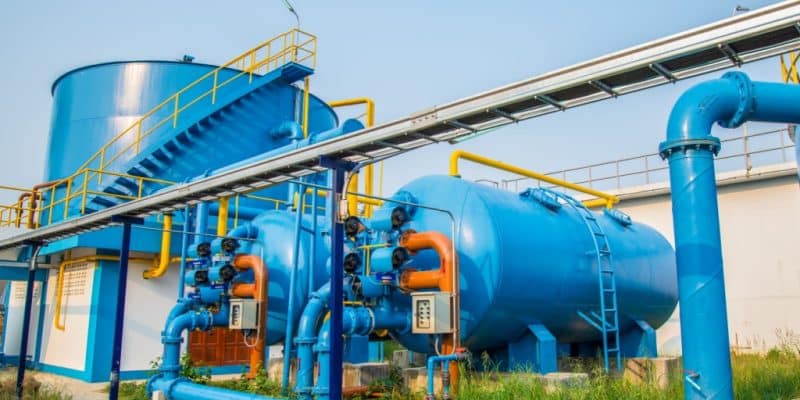Announced in 2022 by the Thika Water and Sewerage Company (THIWASCO), the financing agreement for the project to modernise and extend the Thika drinking water supply system has finally been signed. The loan from the Danish International Development Agency (DANIDA), which is co-financing the work with the Kenyan government, is valued at 15.4 billion shillings, or just over $114 million.
Now it’s official. Work on the project to modernise and extend the drinking water supply system in Thika, a town in Kenya’s Central Province, 40 km north-east of the capital Nairobi, will start in January 2025. The decision follows the recent signing of a loan agreement between the Thika Water and Sewerage Company (THIWASCO) and the Danish International Development Agency (DANIDA). Under the agreement, the official Danish development aid agency will provide 15.4 billion shillings (over $114 million) in funding for the work, which will take 36 months to complete. The work will be supervised by the Athi Water Works Development Agency (AWWDA).
In particular, the loan will finance the construction of two 10 m high water reservoirs on the Chania river and at the Thika 3A site, in Kiambu county in central Kenya. The structures will supply 36,000 m3 of water per day. The raw water will be transported to a 20,000 m3 treatment plant via a linear pipeline, then distributed to the people of Thika, guaranteeing their supply until 2042.
Read also –
According to the Kenyan authorities, the town of Thika currently produces 36,000 m3 of drinking water a day, with daily demand estimated at 60,000 m3. According to the Kenyan authorities, the population currently relies on archaic water installations, dating back several decades, to supply drinking water.
Construction of three water treatment plants in Thika
The Kenyan government will co-finance the drinking water project being developed in the town of Thika, which also includes a wastewater treatment component. This will involve the construction of three wastewater treatment plants in the Pilot (23,000 m3), Nanga (17,000 m3) and Kilimambogo (7,000 m3) areas to serve the north, south and east of Thika.
The future plants will be equipped to convert sewage sludge into electricity. A mini hydroelectric power station will also be built to produce clean electricity, reducing the internal consumption of wastewater treatment plants by 20%, as indicated by Thiwasco in 2022.
Inès Magoum






